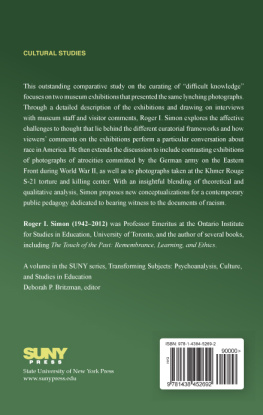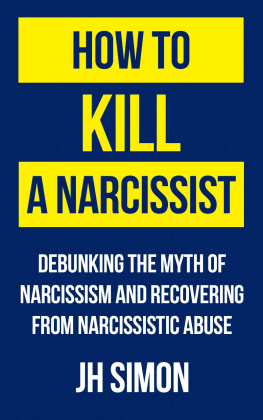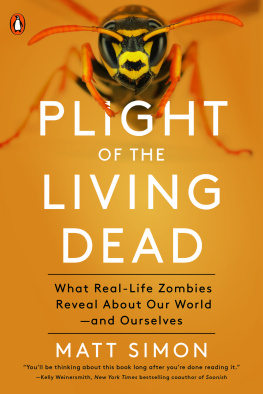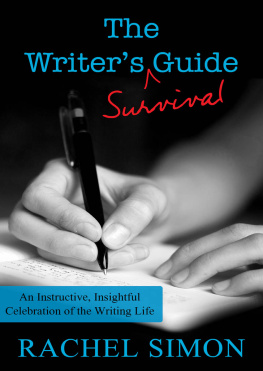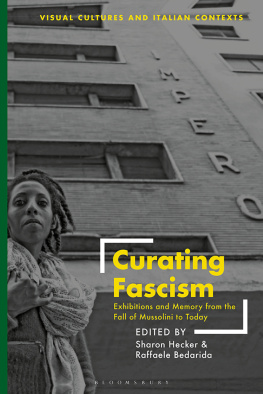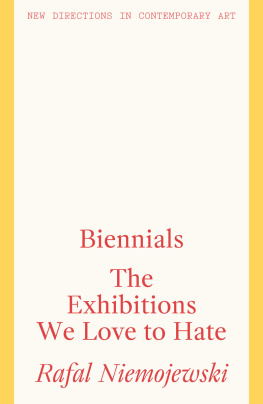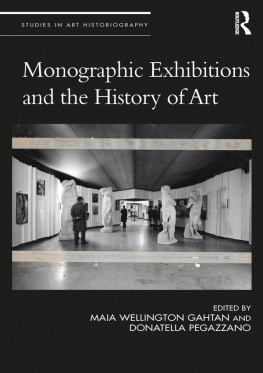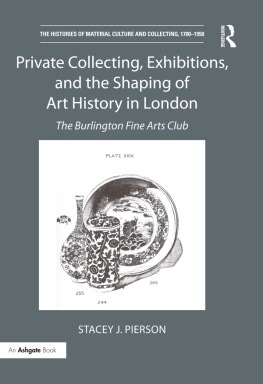A PEDAGOGY OF WITNESSING
SUNY series, Transforming Subjects:
Psychoanalysis, Culture, and Studies in Education
Deborah P. Britzman, editor
A PEDAGOGY OF WITNESSING
CURATORIAL PRACTICE AND THE PURSUIT OF SOCIAL JUSTICE
ROGER I. SIMON
Cover image, Run Up 2002 from the series Searching Californias Hanging Trees, photography by Ken Gonzales-Day, is used by permission.
The Simon Family thanks the artist.
, Schematic diagram of Without Sanctuary exhibit at the Chicago Historical Society, is used by permission of the Chicago Historical Museum.
Published by State University of New York Press, Albany
2014 State University of New York
All rights reserved
Printed in the United States of America
No part of this book may be used or reproduced in any manner whatsoever without written permission. No part of this book may be stored in a retrieval system or transmitted in any form or by any means including electronic, electrostatic, magnetic tape, mechanical, photocopying, recording, or otherwise without the prior permission in writing of the publisher.
For information, contact State University of New York Press, Albany, NY
www.sunypress.edu
Production by Jenn Bennett
Marketing by Anne M. Valentine
Simon, Roger I., 1942-2012
A pedagogy of witnessing : curatorial practice and the pursuit of social justice
ISBN 978-1-4384-5269-2 (hardcover : alk. paper)
Library of Congress Control Number: 2014941805
10 9 8 7 6 5 4 3 2 1
CONTENTS
FOREWORD
R oger Simon was a thinker of the remnants. A consistent concern occupied Rogers late thinking. Emergingbut certainly not exclusively originatingfrom his Teaching Against the Grain , Roger became more and more focused on drawing out a pedagogical responsiveness to past sufferings, to a legacy of injustices, disposable lives and forlorn histories that still wound and implicate our present. In contrast to the commonplace manner of understanding the past simply through the social, emotional, and political needs of the present, Roger sought to underscore the ethical possibilities that open up when we gain counsel from the past. In his thinking there is a certain priority and alterity that the past must retain over the present. In his Touch of the Past, Roger cites Alain Finkielkraut to remind us that memory does not consist of subordinating the past to the needs of the present. He who looks to gather the materials of memory places himself in the service of the dead, and not the other way around. Roger insisted on attending to the past not as a way of escaping our time. His was a complex appreciation of our need to think through our contemporary moment, and, for him, working with the past was the way to preserve critical learning and hope in the present.
Giorgio Agamben tells us that a thinker of the contemporary is someone who perceives in the darkness of our times a light that strives to reach us but cannot. Such a thinker is someone who, while acknowledging what will always evade us, nevertheless nds and can point us to a trace of luminosity, which despite coming from elsewhere persistshowever vaguelyamid the obscure conditions of the present. To be contemporary is to hold steadfast to an untimely, often unexpected, glimmer that can cast the world anew and so allow us to act on our time. For Roger, the past offers us this threateningly faint illumination. More precisely, as a thinker of the contemporary, Roger draws us to the past in order to draw us to the hope and possibility of our learning from an untimely (radically unexpected) encounter. He understood that it is through our being gathered and summoned to attend to the pastas something newthat we can learn to see and so act on our present: drawing on the past anew to counter, displace, and interrupt what is expected in the here and now. Throughout his later thinking he consistently emphasizes that the past teaches only when it comes to me, comes to the present, from outside, as something other, for only that which I am not (which I think not, which I am not already capable of speaking of) can teach me.
In this period of his work we nd a method of study, an approachlet us sayto the remnants. His approach urges us to stay near, and extend care and attention to the details of unredeemed sufferings, to the scattered material fragments of a past that remains at the edge of legibility, enigmatic, forlorn, and consequently a potential (untimely) opening for our present. Fond of Walter Benjamins thinking, Roger often invoked Benjamins words and mood for helping us approach the remnants. Through his work, he asks us to consider Benjamins musing, in his essay Paris, Capital of the 19th Century, that to live means to leave traces. We invariably and uniquely shed the remnants of our daily lives for other times to come. Moreover, remnants themselves, to be sure, possess the chance for an afterlife; they hold an inherent capacity to allow for other possible meanings with the passing of time and under altering cultural conditions. Though Roger acknowledges that remnants possess a certain durability, he also shares a melancholic sensibility with Benjamin, regarding the ways in which remnantsthe images, stories, and materials of another timeare always partial, fragile, and susceptible to being lost amid the so-called course of history. And like Benjamin, he, too, becomes concerned with the threatening and inhospitable grounds upon which remnants are received in our time.
Drawing on Benjamins often-cited phrase, from the Theses on the Philosophy of History, that, every image of the past that is not recognized by the present as one of its concerns threatens to disappear irretrievably, Roger stays with the difcult point here. He presses us to admit that recognizing the past as ones concern is far from simple, that it is fraught with problems and is never assured. Any plea or urgency for the present to recognize what remains of the past must necessarily take an account of how memorial practices risk falling into facile assurances, assimilations, defenses, and idealizations.
On one level, there is the risk of falling into what Roger terms spectacle: the contemporary condition structuring our attention to the pastour manner of receiving and transmitting, compressing and reguring the remnants of history. For Roger, spectacle renders the past into quick encapsulations and units of information that can circulate smoothly through the channels of mass mediation. Acknowledging the limits of this mode of attention, he urges us to critically recognize that this present tendency diminishes, rather than cultivates, a care for the particular differences and knots embedded in a difcult past that does not t the present form of mediation. Circulating through the primary currency of information, images and stories from another time have the lifespan of the moment and thus run the risk of not merely the compression of their form, but also of running out of timeof being stripped of the very time they require to make their contact point, their transactional claim on the present.
On another level, while appreciating the affective intensity and connection to the past that communal afliations and identications afford, Roger calls for a critical vigilance here. Especially when engaging with communal memories of suffering, we are always susceptible of falling into a certain compulsive conservatism, mimetic self-enclosure and a competitive memory politics. Accordingly, commemorative practices primarily mobilized by identity and resemblance tend to draw from the past only to the extent that it conrms what we already know and only so that the past does not trouble who we think we are. Hope and critical learning is often foreclosed here.

